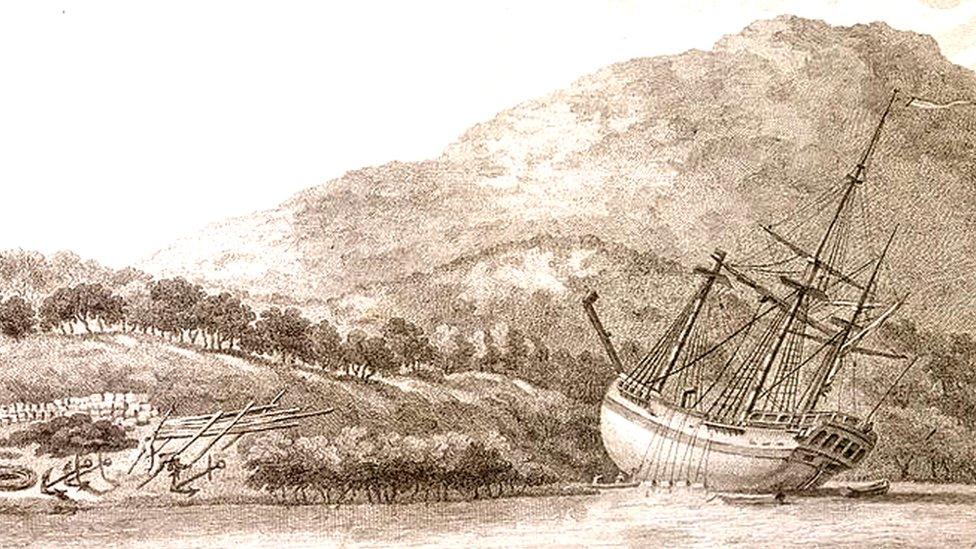'Without Whitby there would have been no Captain Cook'
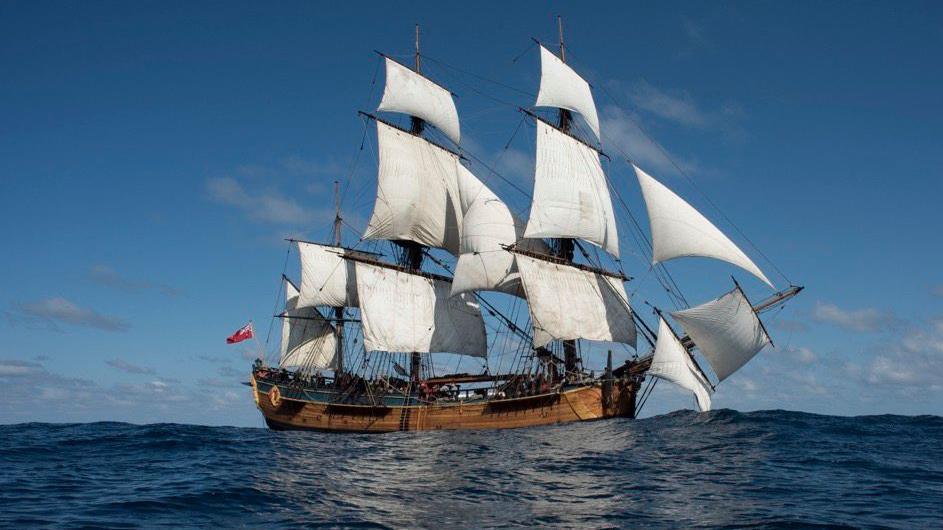
A shipwreck in Newport Harbour, Rhode Island, has been positively identified as being Captain Cook's HMS Endeavour (replica pictured)
- Published
At the bottom of a harbour on the east coast of the United States lies a shipwreck recently declared by researchers to be one of the most famous vessels in history. Captain Cook's HMS Endeavour saw the shores of Tahiti and Australia before its final Rhode Island resting place - but its nautical story started in North Yorkshire.
"Without Whitby there would have been no Captain Cook as we know him," says Clair Stones, from the town's Captain Cook Museum.
"He arrived as a 17-year-old apprentice and left as a fully-trained navigator, sailor and master mariner."
The streets James Cook walked, the harbour he knew and the house where he lodged are all still there.
"Whitby offers something no replica or distant memorial can – authenticity," Ms Stones adds.
"It's a real connection to the man behind the myth."
The Endeavour was created in the seaside town, built in Thomas Fishburn's yard in 1764 as the coal carrying Earl of Pembroke.
Later purchased by the British Royal Navy, the vessel was sunk by British troops during the American War of Independence in 1778.
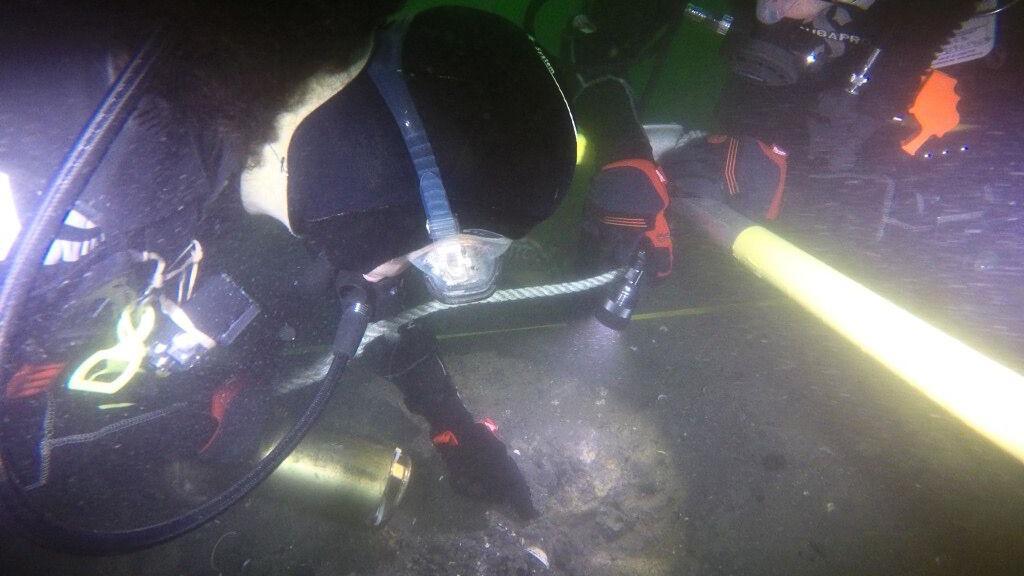
Divers measured the shipwreck and compared it to plans for the Endeavour
Approaching 250 years after the ship was lost, wreckage in Newport Harbor has been confirmed as the Endeavour in a new report, external by the Australian National Maritime Museum (ANMM), making global headlines.
Archaeologists and divers have spent more than two decades examining the seabed in the harbour, with the ANMM's latest research backing its initial findings in 2022.
"For Whitby, the discovery reinforces the town's irreplaceable role in maritime history," Ms Stones says.
"It underlines that the global journeys which began under Cook's command trace back to a Whitby-built collier".
She continues: "This connection enriches our maritime narrative, celebrating Whitby as the birthplace of Cook's seamanship and the birthplace of the ship that charted the Pacific."
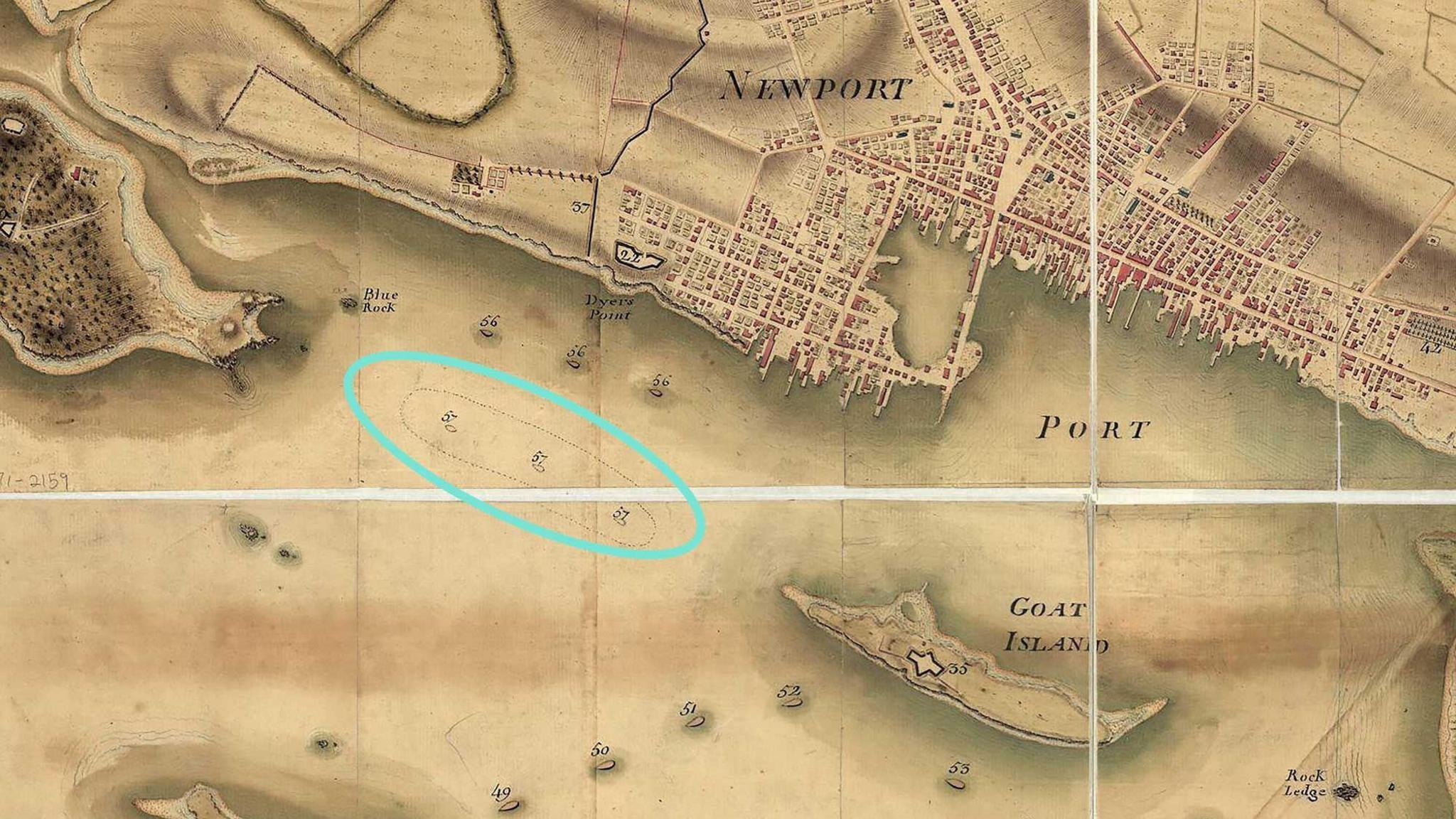
A French archival map shows where the ships were sunk in 1778
At the end of its life, HMS Endeavour, then known as Lord Sandwich, was used as a prison hub in Newport after it fell into poor condition.
When American and French forces besieged the British-held town, the ship was one of 13 vessels scuttled to act as a submerged blockade.
Historical evidence revealed five vessels were deliberately sunk by the British in 1778, just north of Goat Island in Newport Harbour, one of which was Lord Sandwich.
After examining four shipwreck sites in the small area, the ANMM determined one site to be almost identical to the ship formerly known as the Endeavour.
The future of the wreckage is currently unknown.
"Whether the wreck should be lifted is a matter for conservation experts as it involves delicate environmental, ethical and international considerations," says Ms Stones.
"However, should parts of the ship be raised, we sincerely hope that Whitby will be recognised in any decision about the distribution of artefacts.
"A small section of the original vessel returning to Whitby would be a powerful and symbolic moment, connecting the ship's global story with its true home."
Captain Cook’s ship found after 250 years
The Captain Cook Museum is gearing up for the "Cook 300" event in 2028, to celebrate the anniversary of the explorer's birth.
The overseas discovery would "naturally enrich" the museum's ongoing work, according to Ms Stones.
"This latest development brings renewed energy and focus to Cook's story," she says.
"It's a powerful reminder that history is not static – it continues to unfold beneath our feet and under the waves."
The museum also hopes a replica of the Endeavour will return to Whitby for the celebration.
Get in touch
Tell us which stories we should cover in Yorkshire
Listen to highlights from North Yorkshire on BBC Sounds, catch up with the latest episode of Look North.
Related topics
- Published20 June
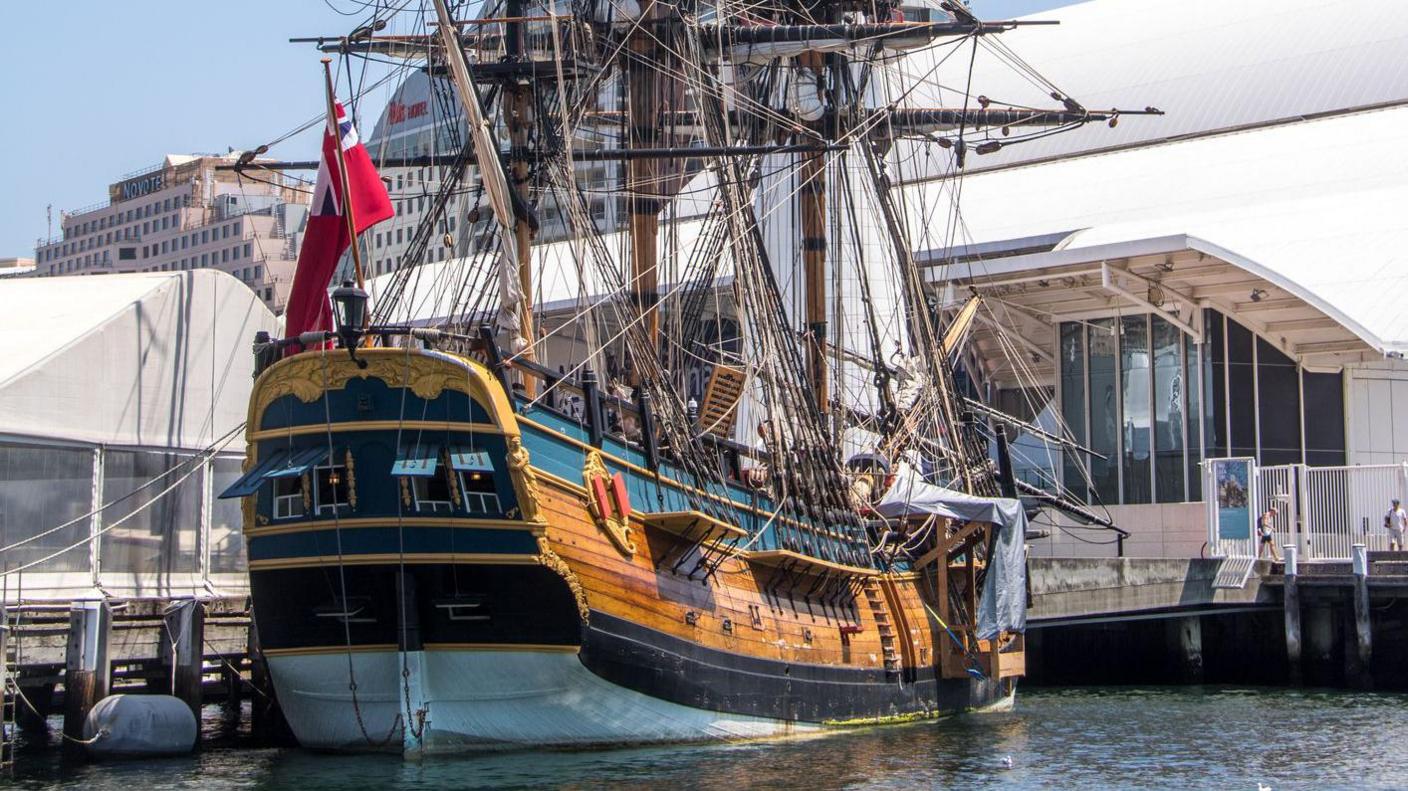
- Published4 December 2024
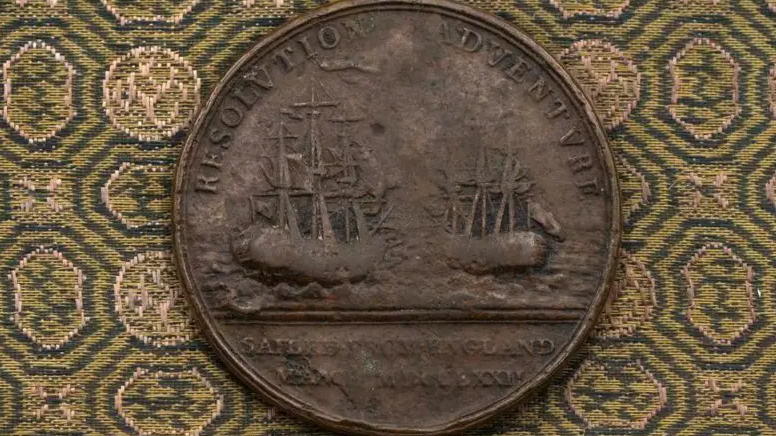
- Published19 September 2018
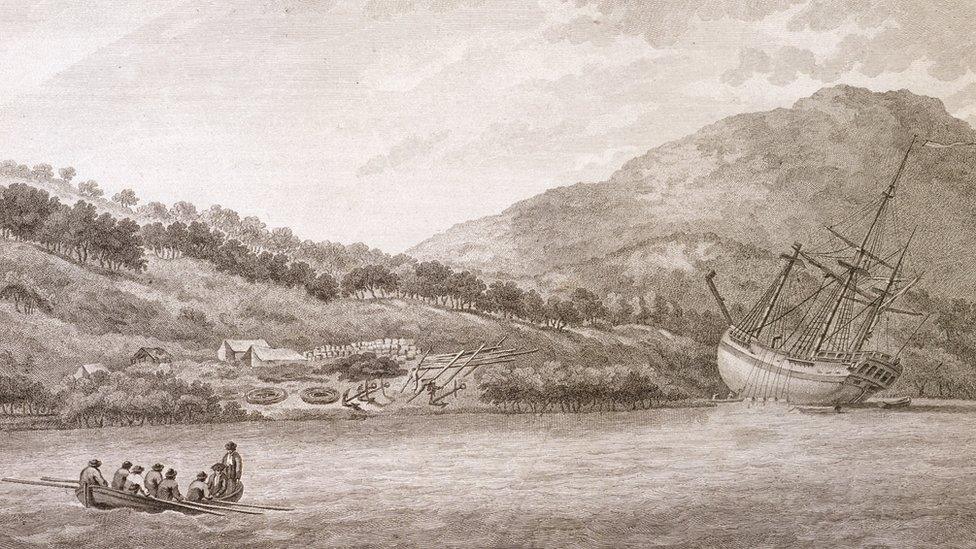
- Published3 February 2022
